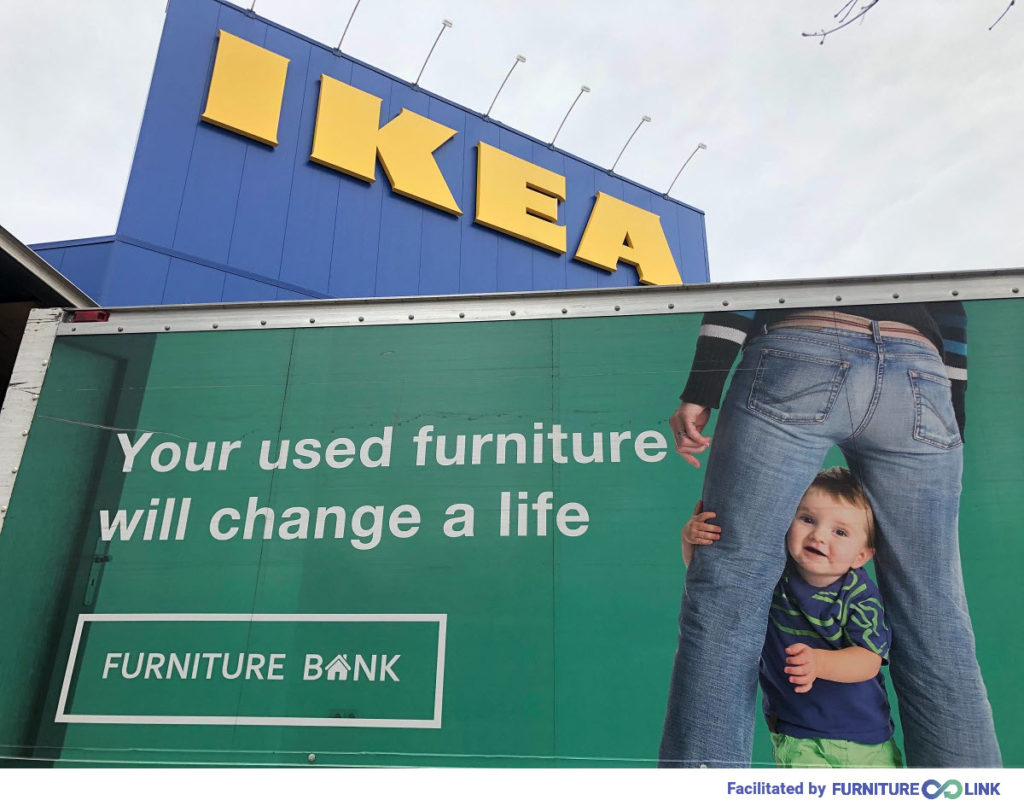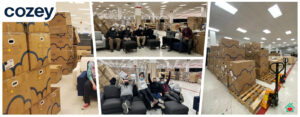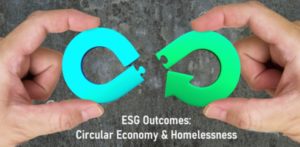IKEA set the ambitious goal of tackling social and environmental changes in 2018 through its People & Planet Positive strategy. This new strategy promotes a circular economy that fights inequality and climate change while balancing its economic growth.
To achieve its goals, IKEA needed a sustainable approach throughout its entire organization (manufacturing, design, forestry, reuse). A tall task. But IKEA realized, “sustainability can’t be achieved alone.”
The Challenge of Returned Mattresses
With such lofty expectations, IKEA needed to come at these goals from many different angles, such as using more sustainable farming and forestry tactics. Certain materials, such as wood and cotton, can more easily benefit from sustainable practices or reuse. However, one of the primary challenges they faced was what to do with returned mattresses.
An additional challenge for all retailers is the consistent rise of online purchases and subsequent returns. During the beginning phases of the COVID-19 pandemic, online furniture sales increased 191%. While this massive increase won’t happen year over year, online purchases will almost certainly continue to rise. However, 20-25% of online purchases are returned (compared to 9% of items purchased in-store). So, the challenge for furniture retailers becomes what to do with the increased number of returns.
In the U.S., approximately 18.2 million mattresses are thrown out each year. Throwing out mattresses takes up limited landfill space. Incineration is another disposal alternative. At the time, IKEA Canada incinerated many of their returned mattresses. According to IKEA, one incinerated mattress emits 48 kilos of CO2. To live up to its sustainability goals, IKEA recognized that it needed a change. Their disposal methods conflicted within their People & Planet Positive strategy.
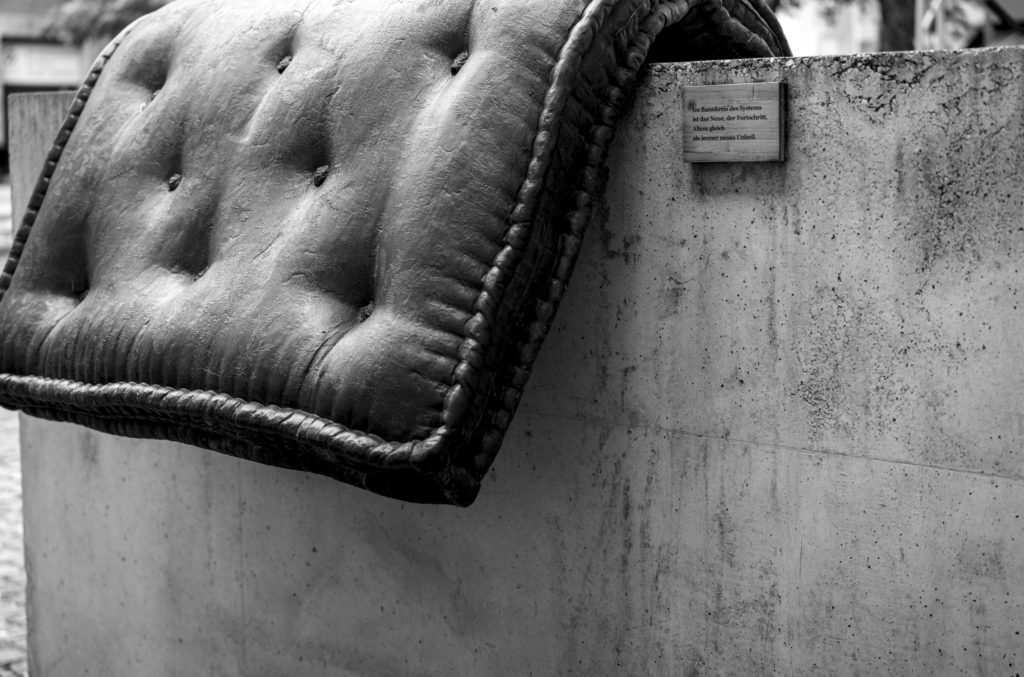
In Europe, IKEA partnered with companies to recycle the material. The U.S. only has 56 facilities across the whole country available to recycle mattresses. The Canadian situation isn’t much different. Many materials from mattresses are recyclable but are too labour intensive to be a sustainable solution. The economic model isn’t there yet. Because of that, there are very few mattress recycling businesses operating with any scale on this side of the Atlantic, resulting in a mattress recycling rate of only about 0.3%. The best case for IKEA Canada is reuse rather than recycle.
A Challenge for one Represents an Opportunity for Another
One of the top pieces of furniture required for people using Furniture Bank’s services is a quality bed. Many of Furniture Bank’s recipients sleep on the floor before accessing Furniture Bank’s program. A mattress is the central component of a bed and is the most expensive piece of the bedding puzzle.
Furniture Bank had previously struggled to secure a steady supply of mattresses. As a social enterprise and charity, incorporating the cost of supplying mattresses into every person helped by Furniture Bank is not sustainable.
Furniture Bank needed a consistent supply of mattresses. IKEA needed a way to reuse returned mattresses. The two seemed like a perfect match.
How it Happened
It all starts with a change of philosophy. Often, corporations see charities as a way to easily dispose of their problems – that a charity will gladly accept anything thrown their way because they are happy for any extra resources. Through the help of Furniture Link, the shift in mindset began at IKEA.
The Furniture Link business pitch was Furniture Bank would be the solution provider to deliver a win on IKEA’s sustainability goals and provide the third-party impact reporting to validate the outcome. Furniture Bank could pick up and reuse returned mattresses at a comparable cost as IKEA paid to dispose of their mattresses through recycling or incineration. Not only would it cost the same, but IKEA could facilitate the reuse of an abundance of quality goods. This method was good socially and environmentally, and aligned with its People and Positivity strategies.
While the purpose and idea are worthwhile, corporations aren’t searching for one-off or ad hoc solutions. Reliability and scalability are paramount to make it advantageous and cost-effective. A pilot for mattresses between IKEA and Furniture Bank started in early 2020 to determine if this partnership could meet both sides’ expectations.
Solution - It’s More than a Mattress
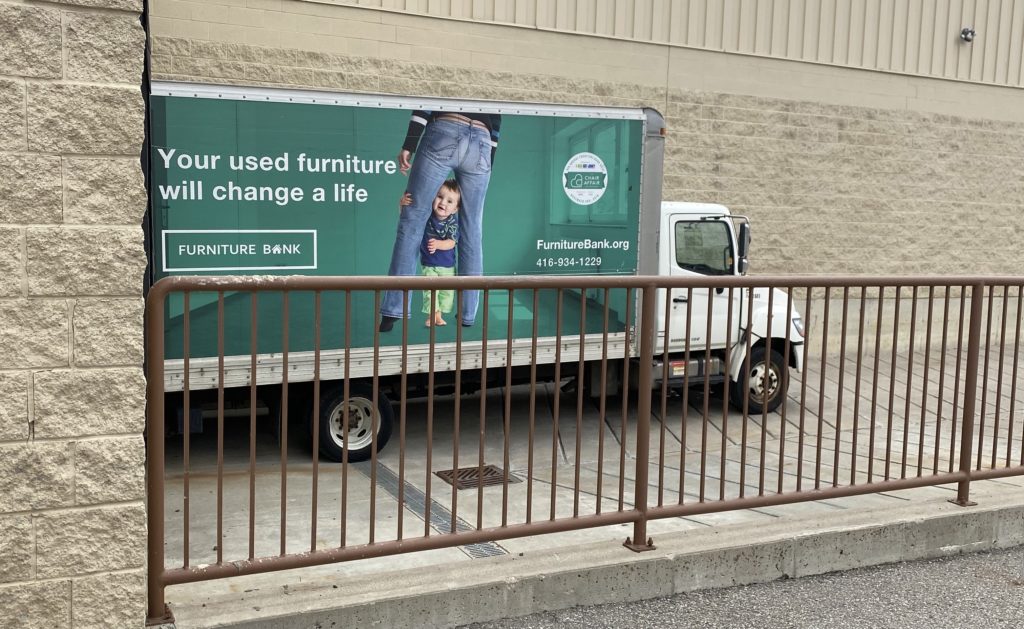
Furniture Bank coordinates the process between four IKEA stores within the GTA. When a mattress is returned to the local IKEA store, IKEA takes it, bags it, and stores it. The goal for Furniture Bank was to make this process as easy as possible for the individual IKEA stores. At least once a week, Furniture Bank makes a trip to each location to pick up the mattresses.
Once the mattresses are back at Furniture Bank’s warehouse, Furniture Bank determines which mattresses are usable and which aren’t (based on cleanliness) and puts the mattresses to use or disposes of them. A continuous reverse logistics solution that is scalable to meet supply or demand.
Furniture Bank sends a detailed report to IKEA every four months, highlighting IKEA’s impact on the community. This sophisticated report compiles mattress reuse rates and individual store performance, with recommendations for lower-performing stores. The report lets IKEA know how many homes they’ve supported through the mattress reuse program (1771 homes as of December 2021). But maybe most importantly, it shows the social return on investment (SROI) of IKEA’s work with Furniture Bank.
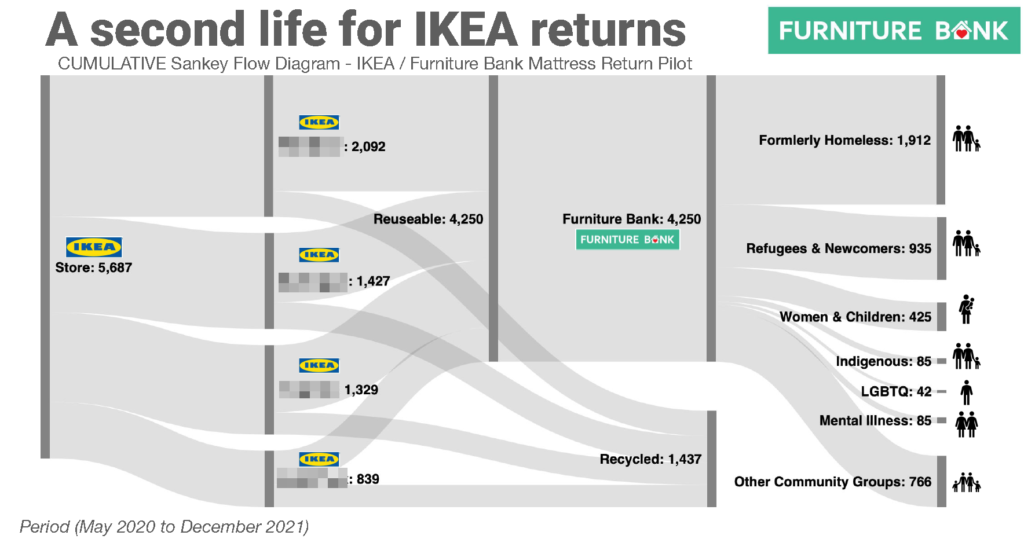
The SROI is determined through analysis from SiMPACT reporting and Furniture Bank’s work with Social Value Canada (an internationally recognized methodology for measuring social and environmental impact) and Common Approach (a federally funded standard for ensuring good impact measurement methods are followed).
These are the outcomes IKEA cares about. But Furniture Bank can configure the report to meet your impact goals as long as data points are tracked within Furniture Bank’s customized Salesforce platform.
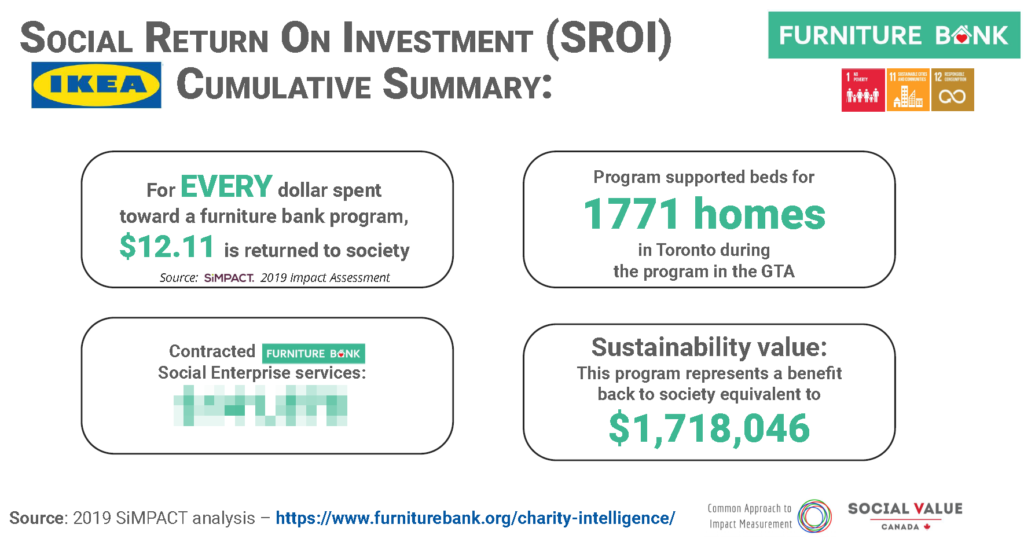
What Makes it Circular?
A big proponent pushing each organization is the circular economy. The element contributing to the circular economy is the direct reuse of mattresses. Transportation, incineration, and landfill usage have negative environmental impacts and generate a carbon footprint. Instead, reusing the mattresses prolongs the life of IKEA’s products at a low-carbon cost.
The hidden circular benefits of this collaboration are the opportunities it provides the individuals benefiting from the mattresses. A mattress significantly increases the health and wellbeing of individuals needing extra assistance.
For the relationship to be robust and sustainable, there needs to be a flow of funds to support the services provided by the charity. People often think running a charity means everything is free. IKEA is paying to provide a benefit to others. The pickup fees enable Furniture Bank to build on their operations, allowing them to help more people and provide a better offering of products (making sure everyone gets a mattress in a timely fashion). The cost of services also allows Furniture Bank to pay their employees market wages. To impact the volume of homes supplied that Furniture Bank wants, you need to be competitive to get and keep good people.

The elements of this collaboration hit the main proponents of the circular goal: environmental (through reuse), social (aiding people in need), and economic (paying for a service that benefits others).
Results - What Really Matters?
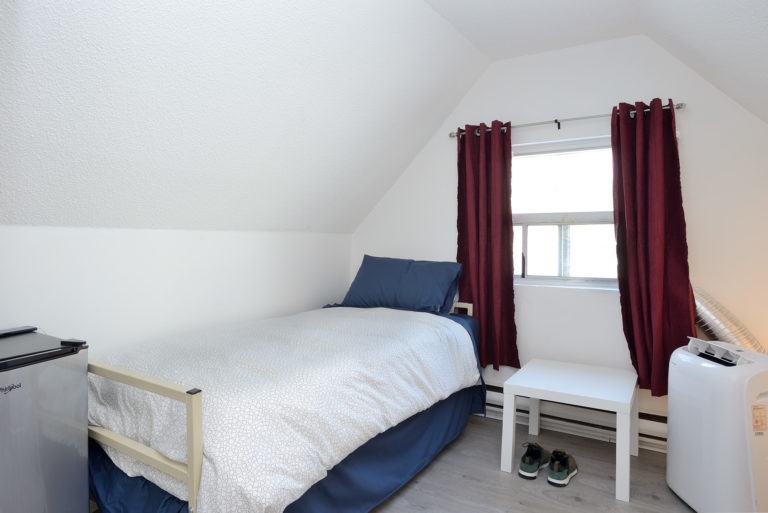
As of Dec 2021, 4250 mattresses have been saved, reused, and given to people in need, helping over a thousand homes within the GTA. The total social return on IKEA’s investment has resulted in putting $1,718,046 back into society through the mattress reuse program.
Reusing the mattresses has helped families, but it has also saved 204,000 kilos of CO2 from entering the atmosphere. These reused mattresses also equate to approximately 374,205 lbs (or 106,498 cubic feet) diverted from landfills. And thanks to IKEA, Furniture Bank no longer worries about mattress supply.
Furniture Bank organized and kept the program reliable and scalable, providing IKEA significant savings compared to its previous disposal costs.
Additional benefits for the solution are that it:
- Offers a significantly better environmental option compared to recycling or incineration
- Helps community, homeless, and poverty reduction programs
- Creates a financially sustainable model for both the charity and IKEA
- Improves the finances of the individuals receiving the mattresses as they don’t have to put up the cost for a new mattress, enabling them to focus on their fresh start and not having to decide between rent, food, and home furnishings
- Demonstrates how a circular economy can improve the world and people’s lives
Those might seem like bold claims. But, changing consumption habits and thoughts on the society we want to live in starts somewhere. In this case, giving someone a chance to turn their house into a home, to build their sanctuary, starts by giving a mattress a second chance

